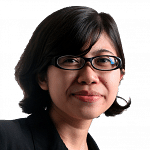-
VIEW IT / FROM THE STACKS: HIGHLIGHTS OF THE NATIONAL LIBRARY
-
WHERE: National Library Gallery, Level 10 National Library Building, 100 Victoria Street
WHEN: Till Aug 28, 10am to 9pm daily, closed on public holidays
ADMISSION: Free
Eight must-see exhibits

1. Letter from Sir Thomas Stamford Raffles to Reverend Dr Thomas Raffles, Oct 14, 1819
This letter from Sir Thomas Stamford Raffles to his cousin gives a rare glimpse into the personal life of Singapore's founder.
In it, he traces his rise from humble beginnings - burning a candle in his room for his late-night studies was seen by his family as an "extravagance" - to prominence.
It also reveals little-known tidbits about the man who has been a towering figure in Singapore's history, including how French, literature and science were his favourite subjects.
2. Personal Operational Diary on the Reoccupation of Singapore and Malaya, 1945

Present-day Dempsey Hill is named after General Sir Miles Christopher Dempsey, who was tasked with reoccupying former Allied territories even before World War II ended with the Japanese surrender.
These recently acquired reports by him show how he attempted to negotiate with the Dutch, French and Malay Sultans over their territories.
They also detail how he travelled around the archipelago to deal with uprisings and insurgencies in the region, a foreshadowing of the Malayan Emergency - the British crackdown on communist insurgents - which broke out between 1948 and 1960.
3. Address to Alfred, Duke of Edinburgh by the Singapore Chinese merchants Nov 25, 1869


When Prince Alfred, Duke of Edinburgh and Queen Victoria's second son, visited Singapore in December 1869 - the first time a member of the British royal family had set foot in Malaya - there was a flurry of preparation for his arrival.
More than 80 members of the upper crust of Chinese society, including Tan Tock Seng's eldest son Tan Kim Ching and businessman and philanthropist Cheang Hong Lim, signed this Loyalty Address to the prince.
It was an opportunity for them to show their allegiance to the Queen and to show the growing prosperity of their own community.
The Loyalty Address was an intricate gift. A message extolling the virtues of the royal rulers was written on six panels of silk, which folded up into a single sheet, and were rounded off with wooden covers with hand-carved phoenixes.
On the reverse side is a painting of Singapore viewed from Telok Ayer, done on cream-coloured silk. The creator is unknown, but it was inspired by an oil painting by English artist Percy Carpenter.
4. The Birds Of The Malay Peninsula, 1927-1976
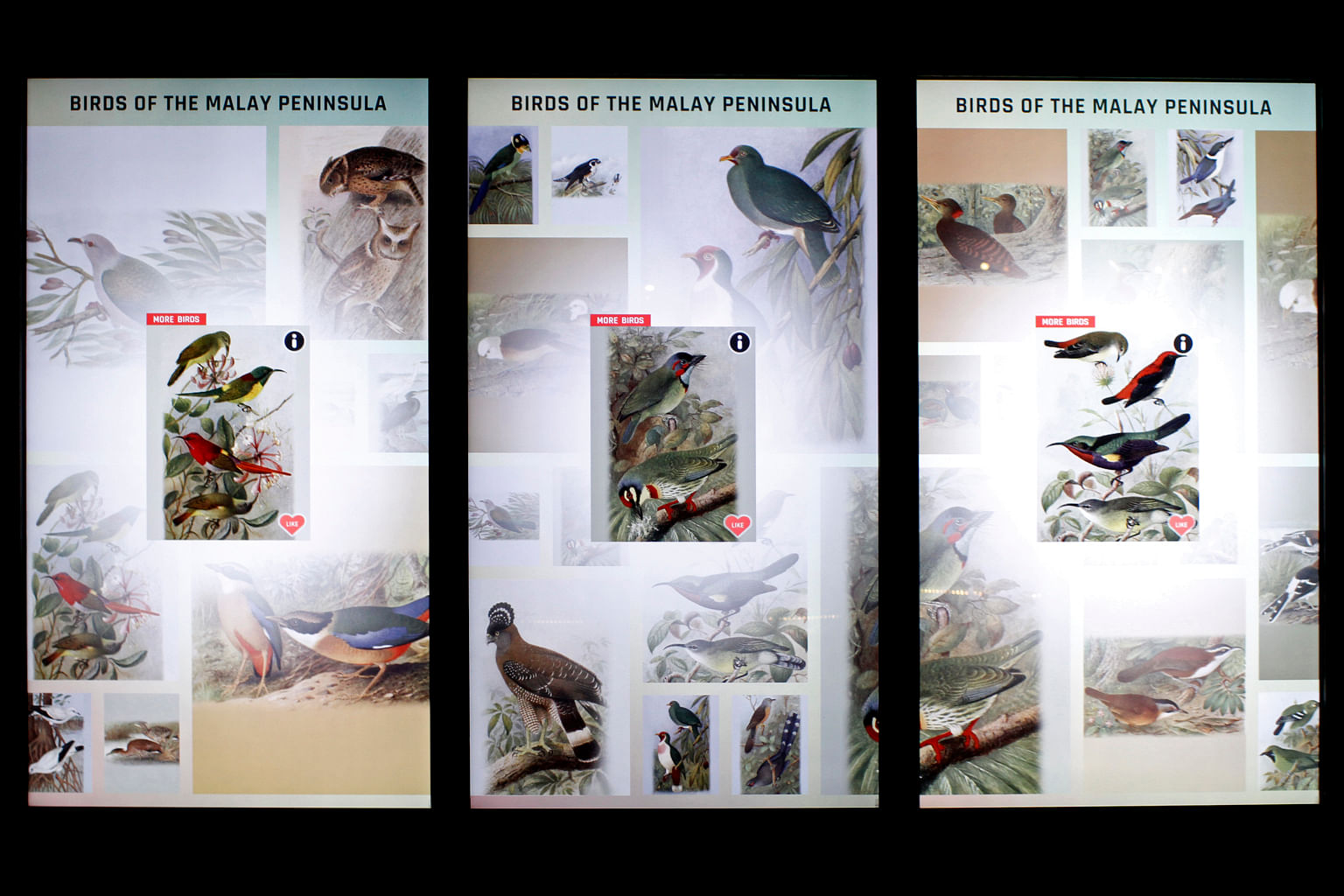
Four ornithologists combed the thicket of Malayan jungles to document about 700 species of birds in the Malay Peninsula. They chronicled their findings in this five-volume series, published over 50 years. The books are filled with scientific descriptions of the birds and are accompanied by vibrant illustrations and detailed maps.
The series was planned for release at half-yearly intervals, but one of the researchers, Herbert C. Robinson, died in 1929 without completing the third volume.
The first curator of the Raffles Museum, Frederick N. Chasen, took over and completed volumes three and four. But then came World War II and he drowned when the ship he was on was sunk by the Japanese, just days before the fall of Singapore.
Conservationists Lord Medway and David R. Wells completed the series and the last volume was printed in 1976, more than three decades after the fourth volume.
5. The "Mem's" Own Cookery Book: 420 Tried And Economical Recipes For Malaya, 1929
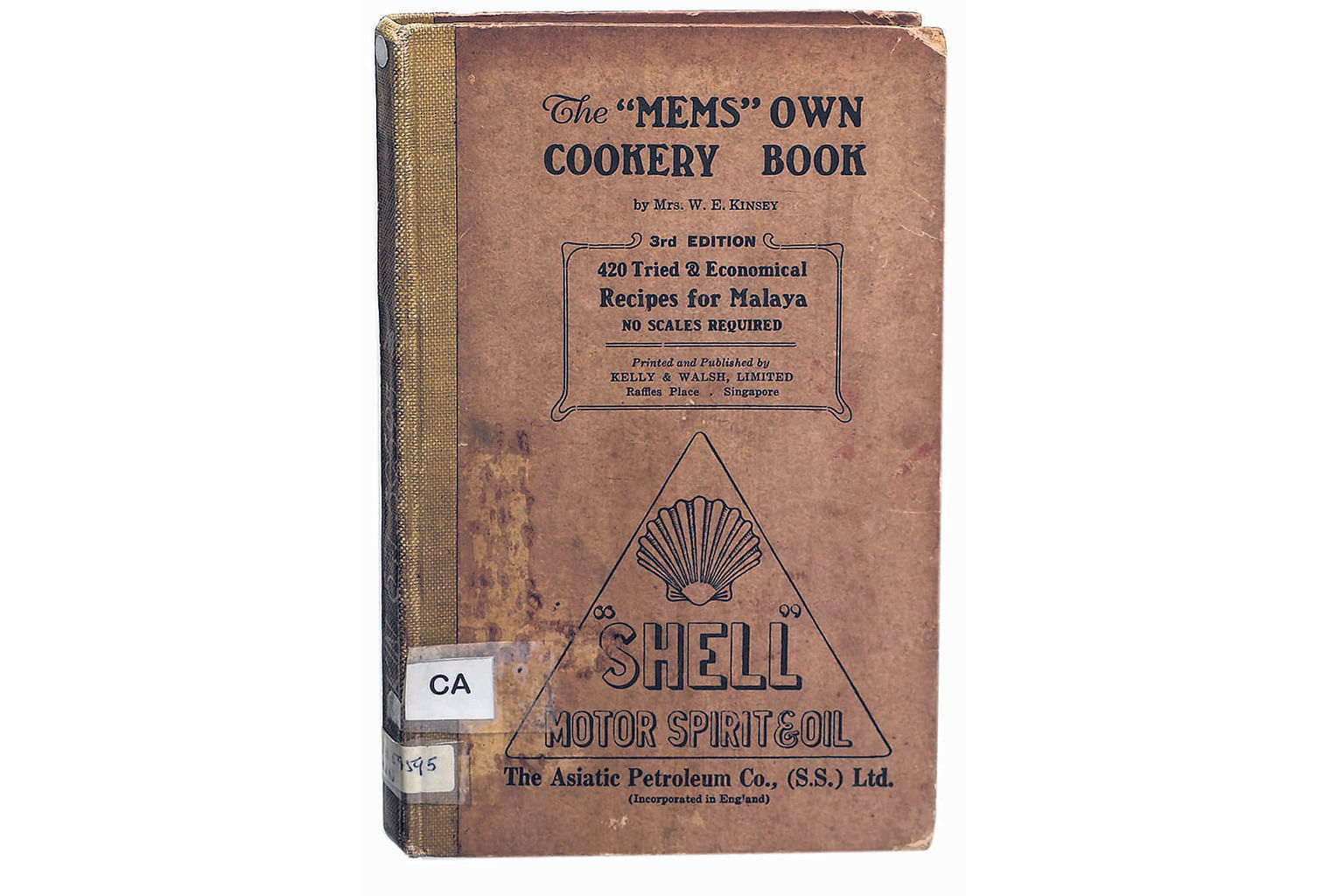
Food shortage and price hikes were commonplace in Malaya and Singapore in 1914, in the aftermath of World War I.
To help fellow expatriate housewives cope, British housewife William Edward Kinsey - her real name is unknown - published a cookbook in 1920, which proved so popular that it spawned three editions.
Her recipes focused on using local ingredients and leftovers, in a time when imported food was scarce. For example, she proposed using leftover meat for soup and baking cold fish with cheese, vermicelli and milk.
6. Postal Cards of Singapore from the Collection of Gladys Horrard, 1900-1920.
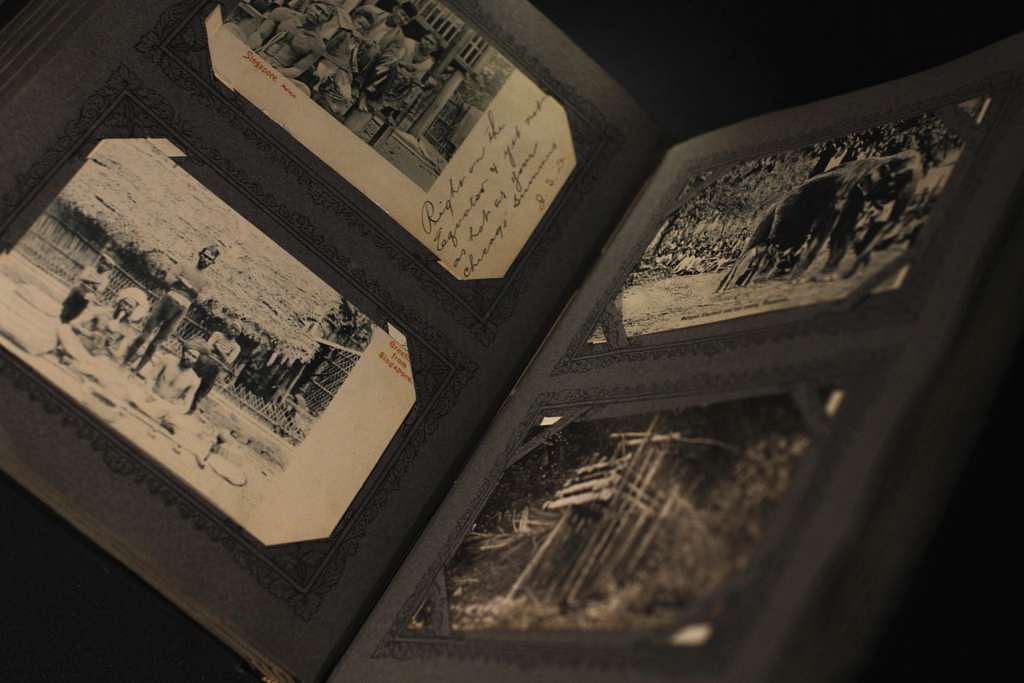
This collection of monochrome postcards captures some extraordinary scenes of Singaporean life, back when people lived in close proximity to nature.
For example, the postcards show a family of snake charmers, a Malayan elephant and her calf as well as a tiger trap.
They were donated by Ms Gladys Horrard from Yokohama, Japan.
On one postcard, the caption says of Singapore: "Right on the Equator and yet not as hot as your Chicago summer."
7. The Straits Times Almanack, Calendar And Directory, 1846-1869
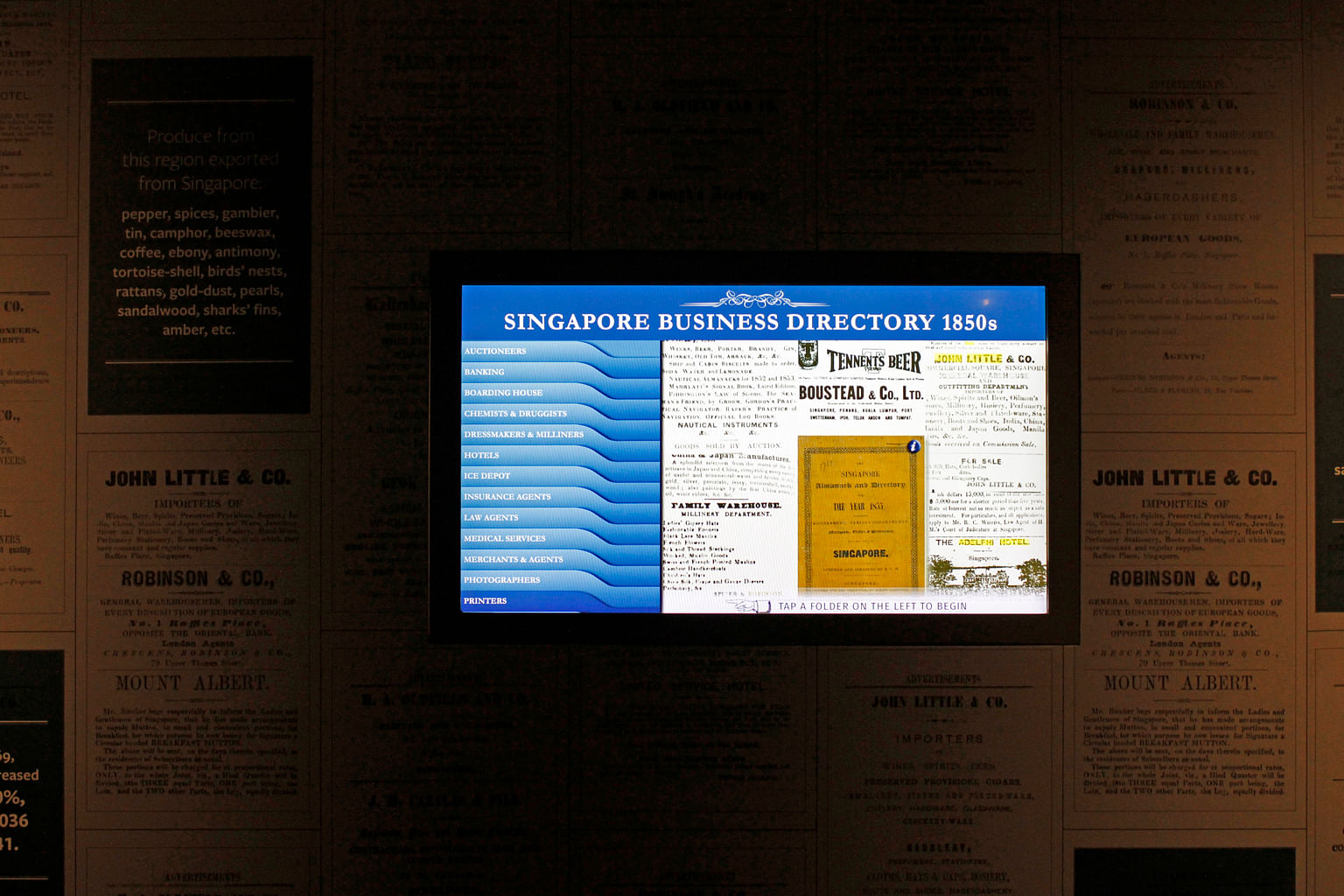
Before online directories and the Yellow Pages, The Straits Times Almanack, Calendar And Directory was the go-to source for the full names, titles and designations of government officials, as well as the listings of major companies here.
There was also a calendar of daily events and major holidays for the different ethnic groups here.
The almanac was compiled by lawyer Robert Carr Woods, who came to Singapore in 1845.
The curators have digitised the directory's content into an interactive panel that users can flip through at the exhibition.
8. Photographs on the Opening of the War Crimes Trials in Singapore, Jan 21, 1946; and Liu Kang's Chop Suey, 1946

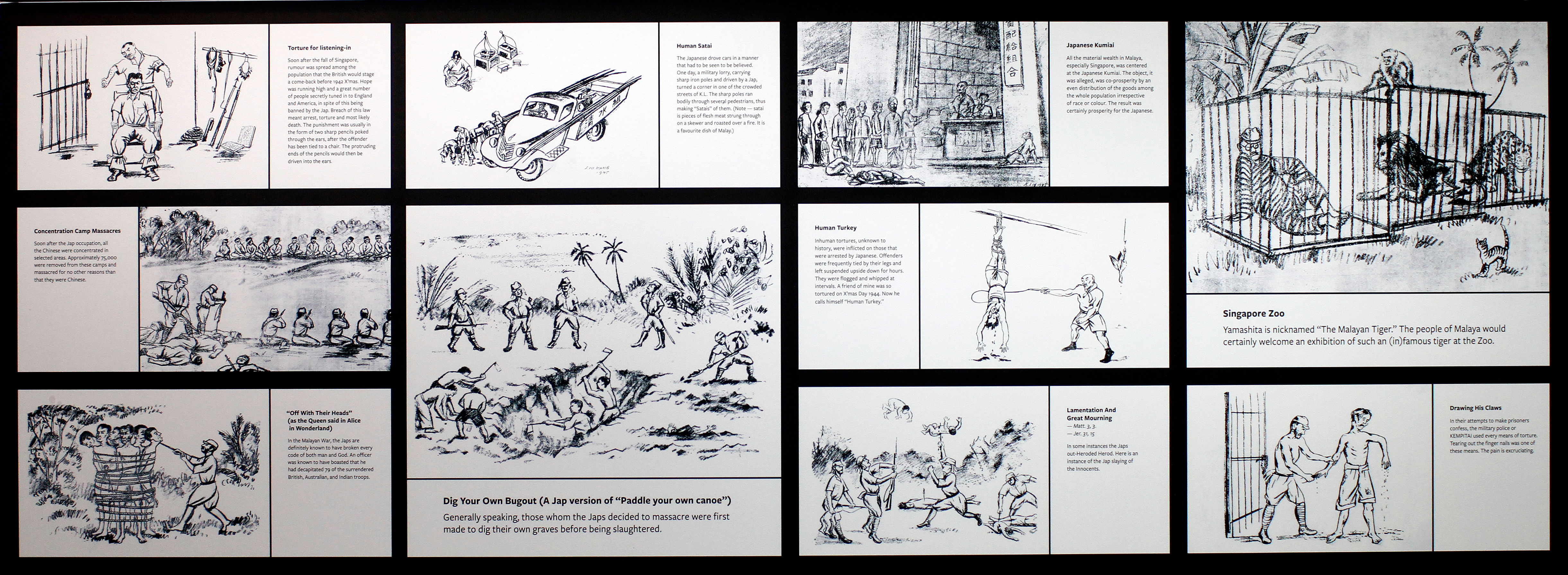
Sobering reminders of the Japanese Occupation are on display at the exhibition.
In a 1946 photograph, men with shaved heads are in a courtroom in the Supreme Court building in St Andrew's Road, awaiting trial. They were the first group of Japanese soldiers to be tried.
The men had been guards at a prisoner-of-war camp on an island in Palau, Micronesia, and were accused of mistreating 520 Indian prisoners under their charge.
One of them was sentenced to death for beheading a prisoner.
Between Jan 21, 1946 and March 12, 1948, 131 trials were held in Singapore, part of the international War Crime Trials conducted after World War II.
Meanwhile, pioneering artist Liu Kang captured the horrors of the Japanese Occupation with his series of cartoon books published after World War II.
Chop Suey documents graphic methods of torture, including the bayoneting of babies and the hanging of prisoners upside-down.
Tours and talks
GUIDED TOURS
Learn more about the artefacts on display by listening to stories by
the library's curators and docents.
Curator's Tour(English)
Where: Meet at the Level 10 Gallery entrance of the National Library, 100 Victoria Street
When:Friday, March 18, April 15, May 27, June 17, July 15 and Aug 19, 7.30 to 8.30pm
Weekend tours (English)
Where: Meet at the Level 10 Gallery entrance of the National Library
When: Weekends from Feb 20 to Aug 28, 1 to 2pm. No tours on public holidays
TALKS
Experience the exhibition beyond the confines of the library, from talks on the art of archiving to a bird-watching tour.
Birdwatching & Exhibition Tour with Nature Society Singapore
What: The tour takes visitors to Labrador Park to observe the bird species unique to this region in their natural habitat.
Where: Meet at National Library When: March 19, 8.30am to noon
Conservation talk by the National Archives of Singapore
What: Speakers Phang Lai Tee and Chng Yak Hock talk about their work preserving the country's audio-visual archives and give tips on how to maintain your own paper records at home.
Where: Imagination Room, Level 5 National Library
When: April 16, 2.30 to 4pm
Cooking demonstration
What: Join former chef and restaurateur Aziza Ali as she talks about traditional Malay heritage foods. She will also do a cooking demonstration using some of her family recipes.
Where: Possibility Room & Courtyard, Level 5 National Library
When: Aug 6, 2.30 to 4pm
Admission to all programmes is free, but seats are limited on a first-come, first-serve basis. Register at the library eKiosks or at www.nlb.gov.sg/golibrary.
Join ST's Telegram channel and get the latest breaking news delivered to you.
A version of this article appeared in the print edition of The Straits Times on February 16, 2016, with the headline Eight must-see exhibits . Subscribe
